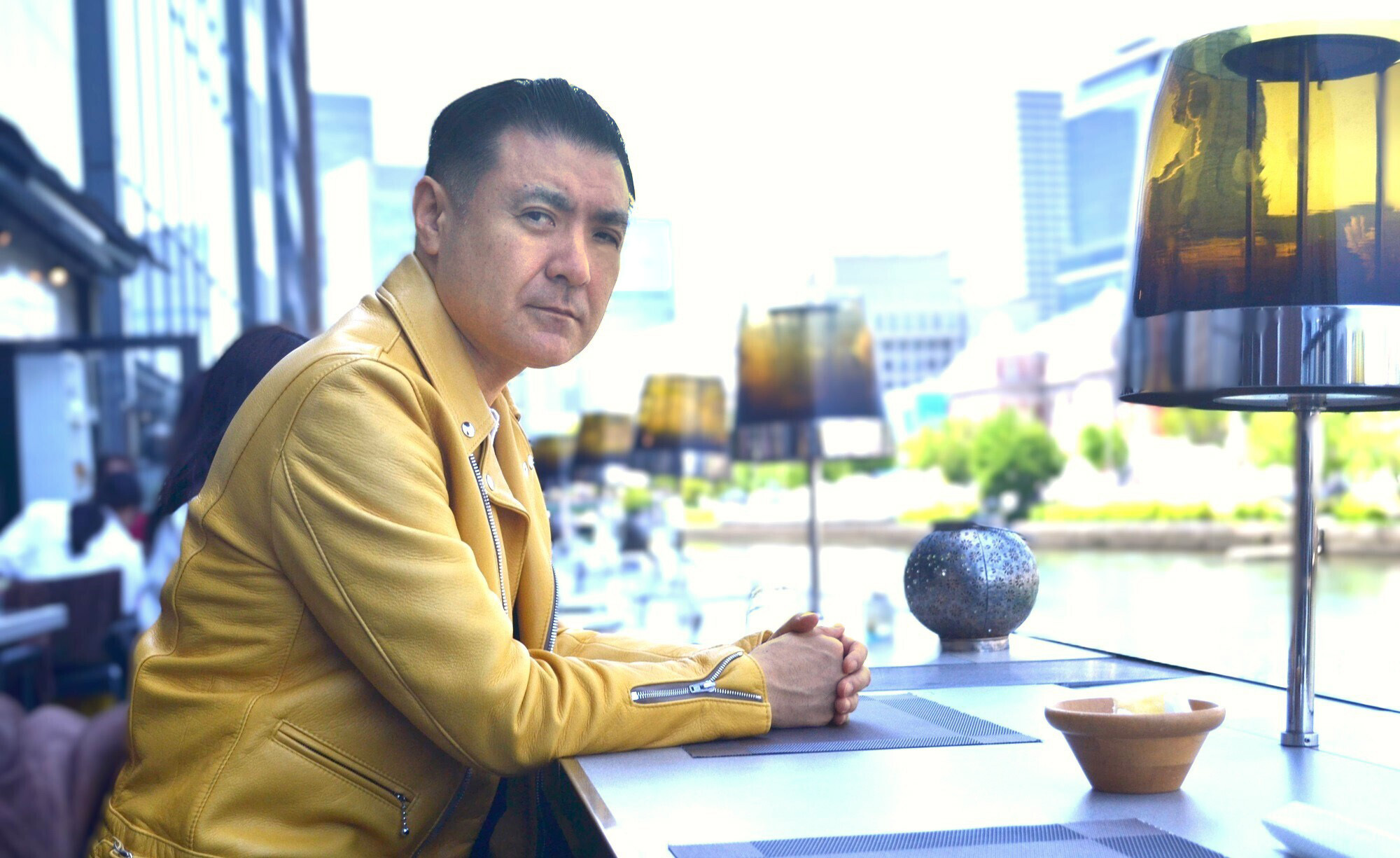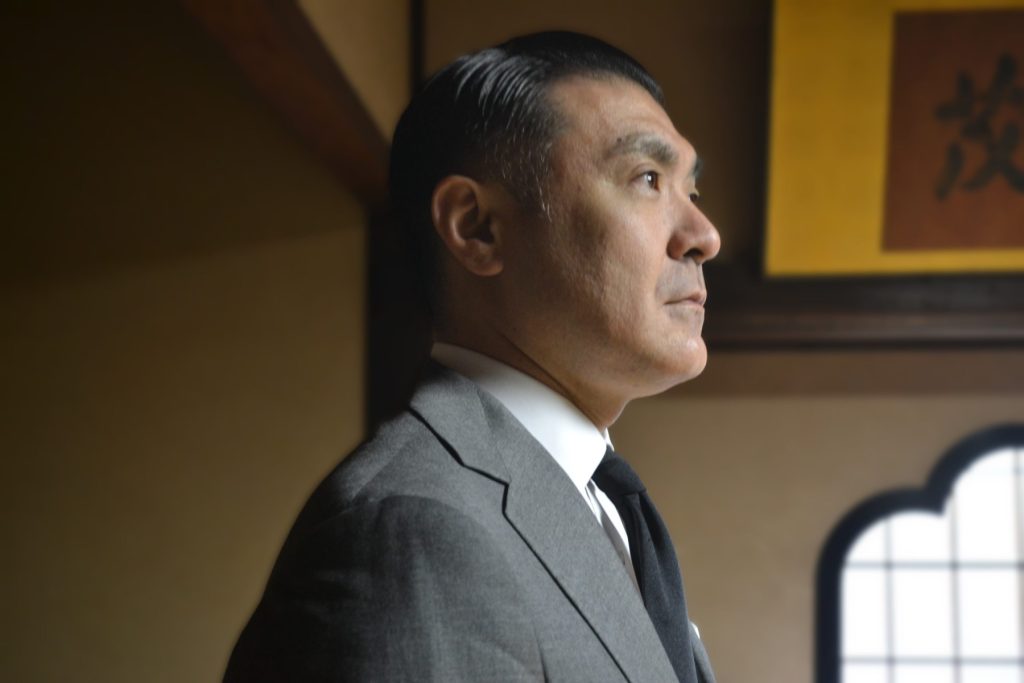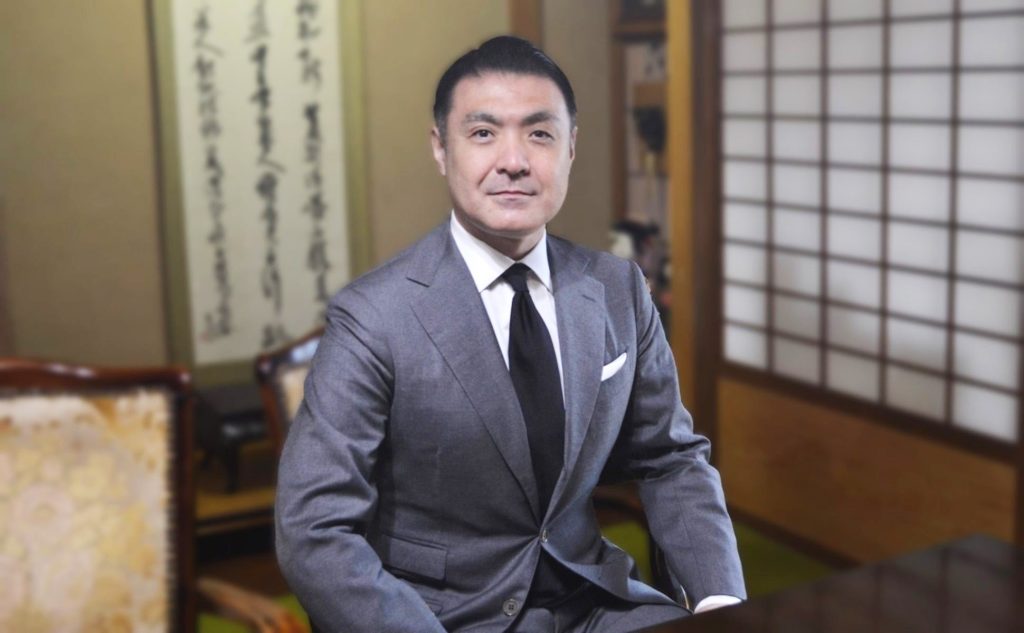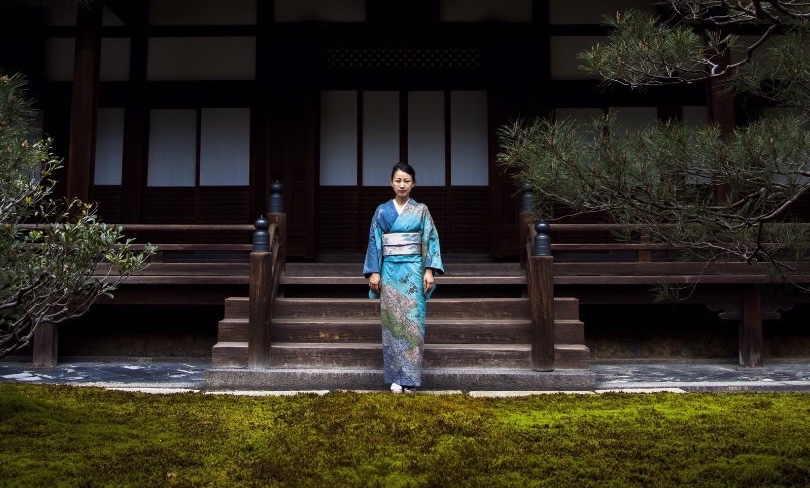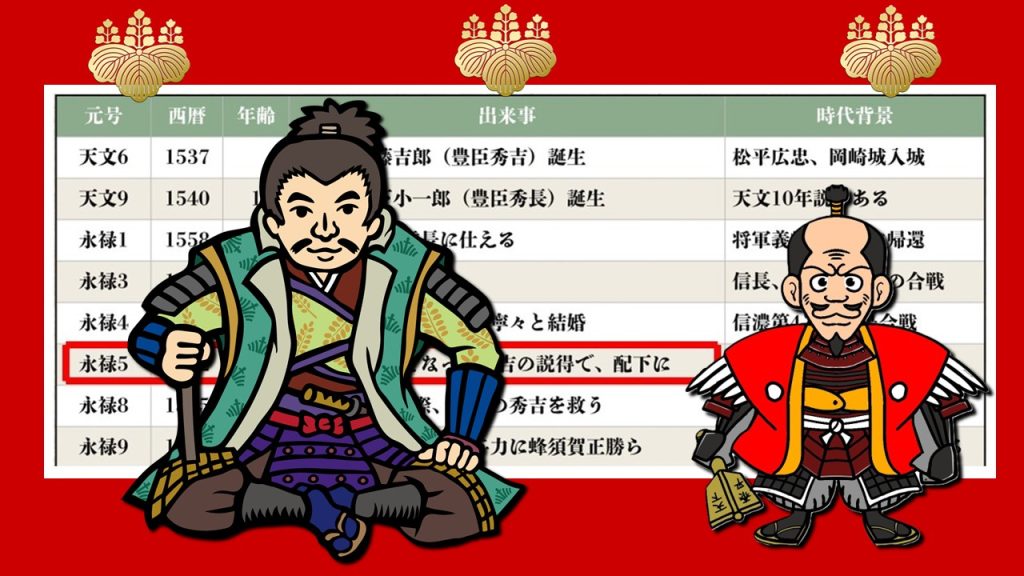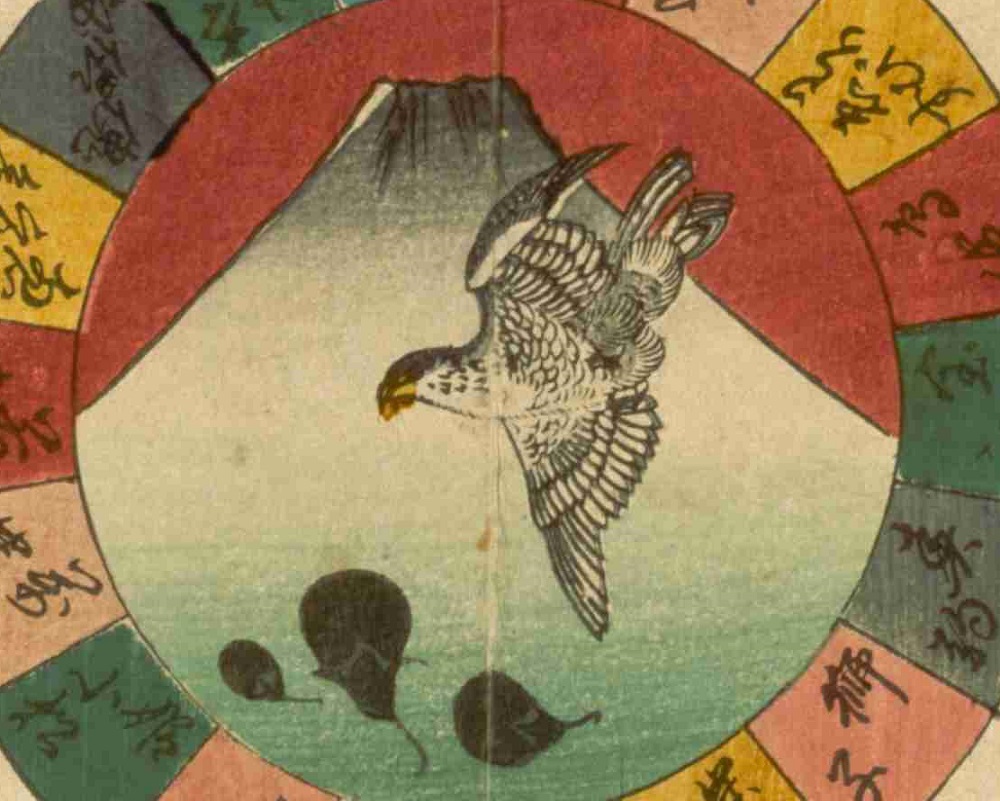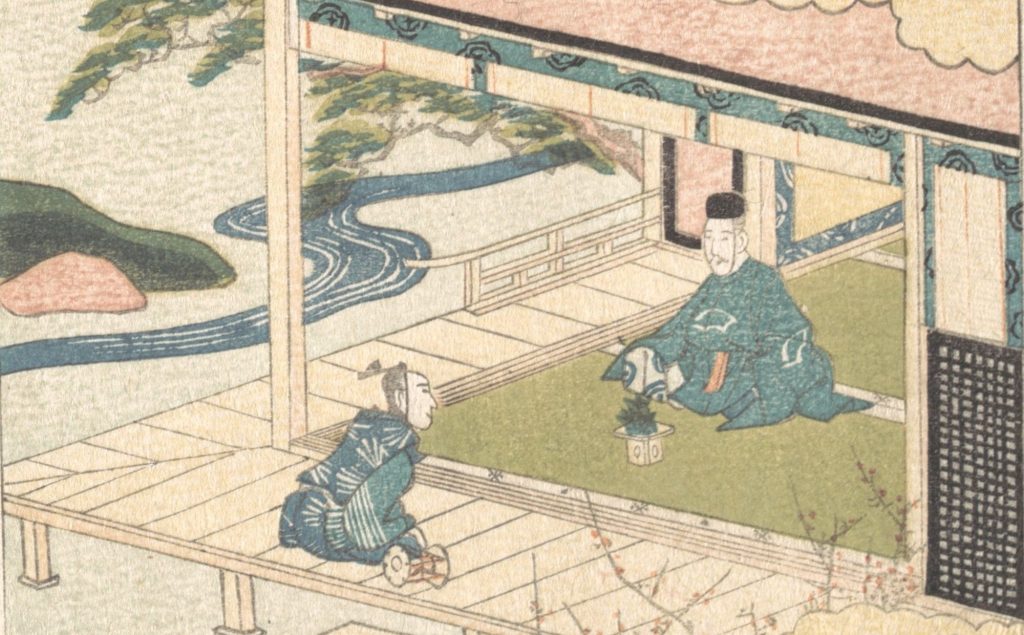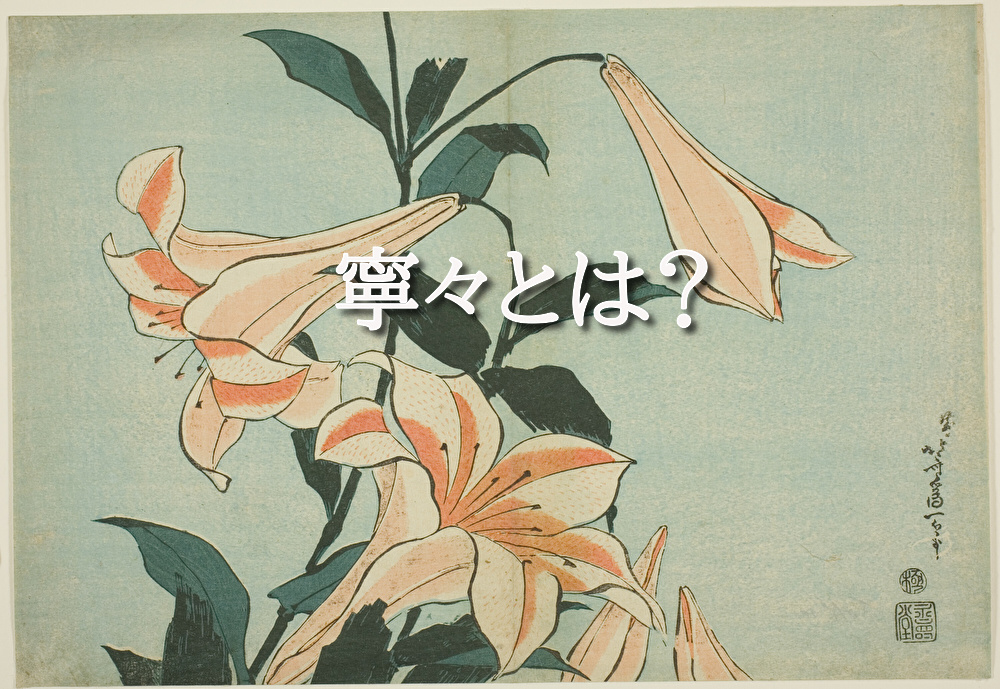Nakanoshima, a place which holds a strong connection since childhood
Nakanoshima refers to a long, narrow area of about 50 ha in area, approximately 3 km east to west between the Dojima (堂島) and Tosabori (土佐堀) Rivers. During the Edo period, the warehouses of clans from all over the country gathered here and various goods, including rice, were sold, earning the area the nickname ‘ Tenka no daidokoro (天下の台所, the kitchen of the nation)’. Today, the area is home to office buildings, historical buildings such as the Osaka City Central Public Hall and cultural facilities, and is a symbolic island of the water city Osaka.
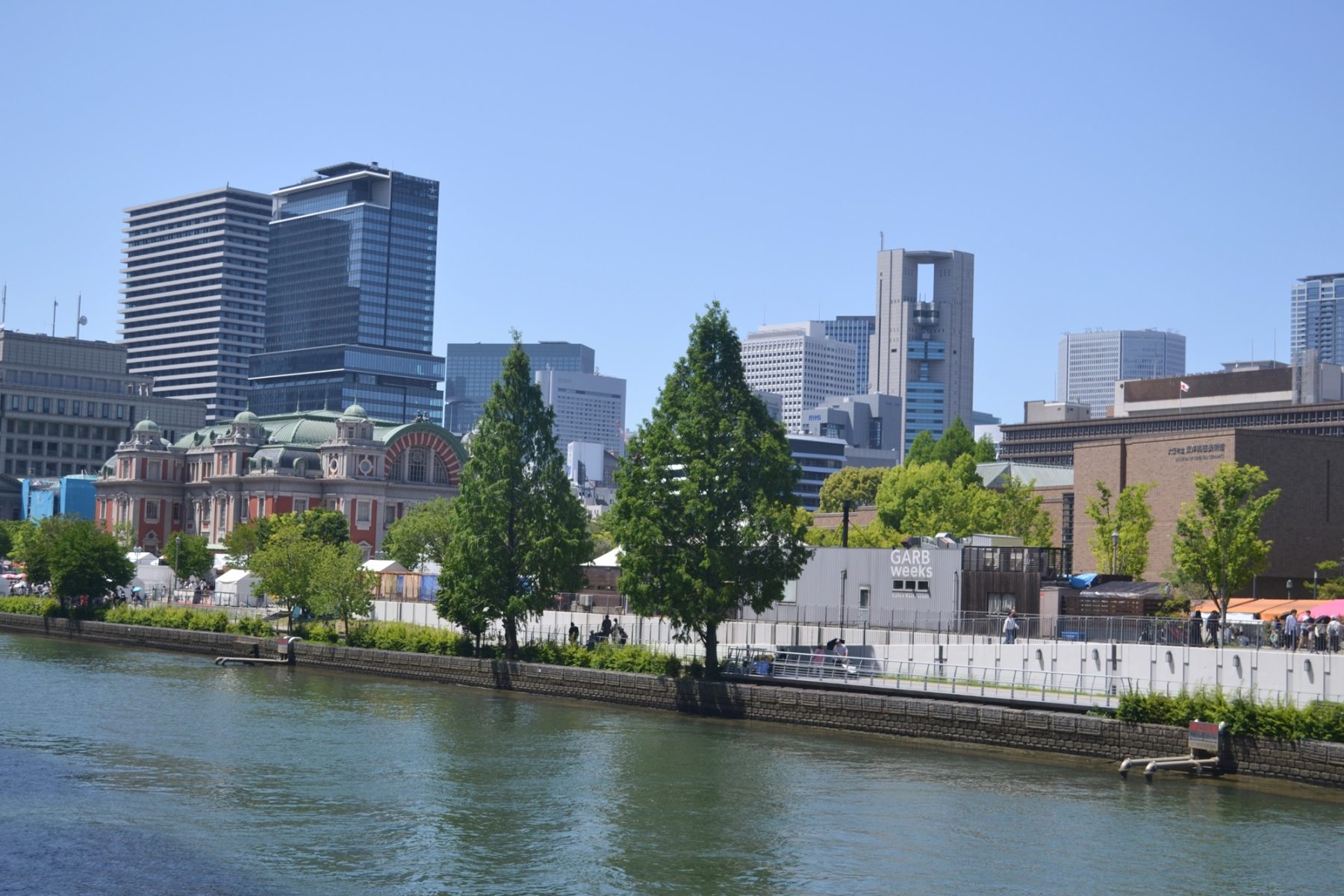
“Nakanoshima is a place I have often visited since I was a child. My grandfather Tsurusawa Dohachi II *1 had a flat in Kokumachi (石町), Tenmabashi (天満橋), near Naniwabashi (難波橋) Bridge, so the rose garden and promenade were my playground on the way home from dropping in,” says Oritayu, looking back on those days with fond memories.
‘Oritayu road’ is a popular walking route
Even after becoming a tayu, his connection with Nakanoshima seems to have remained strong. If you head west along the promenade from the rose garden in Nakanoshima Park, where Oritayu used to play, you will find the Osaka City Central Public Hall*2. “I have good memories of performing in the ‘Nakanoshima Bunraku’ every year at this venue, as well as the 2011 ‘Sakuya Konohana (咲くやこの花) Award’ ceremony.” The Sakuya Konohana Award was established in 1983 by the City of Osaka to encourage future leaders of Osaka culture, and in its inaugural year, Toyotake Sakitayu (豊竹咲太夫) was also awarded the prize, making him the only person in the world of bunraku to receive the award as both master and apprentice. (as of 2024).
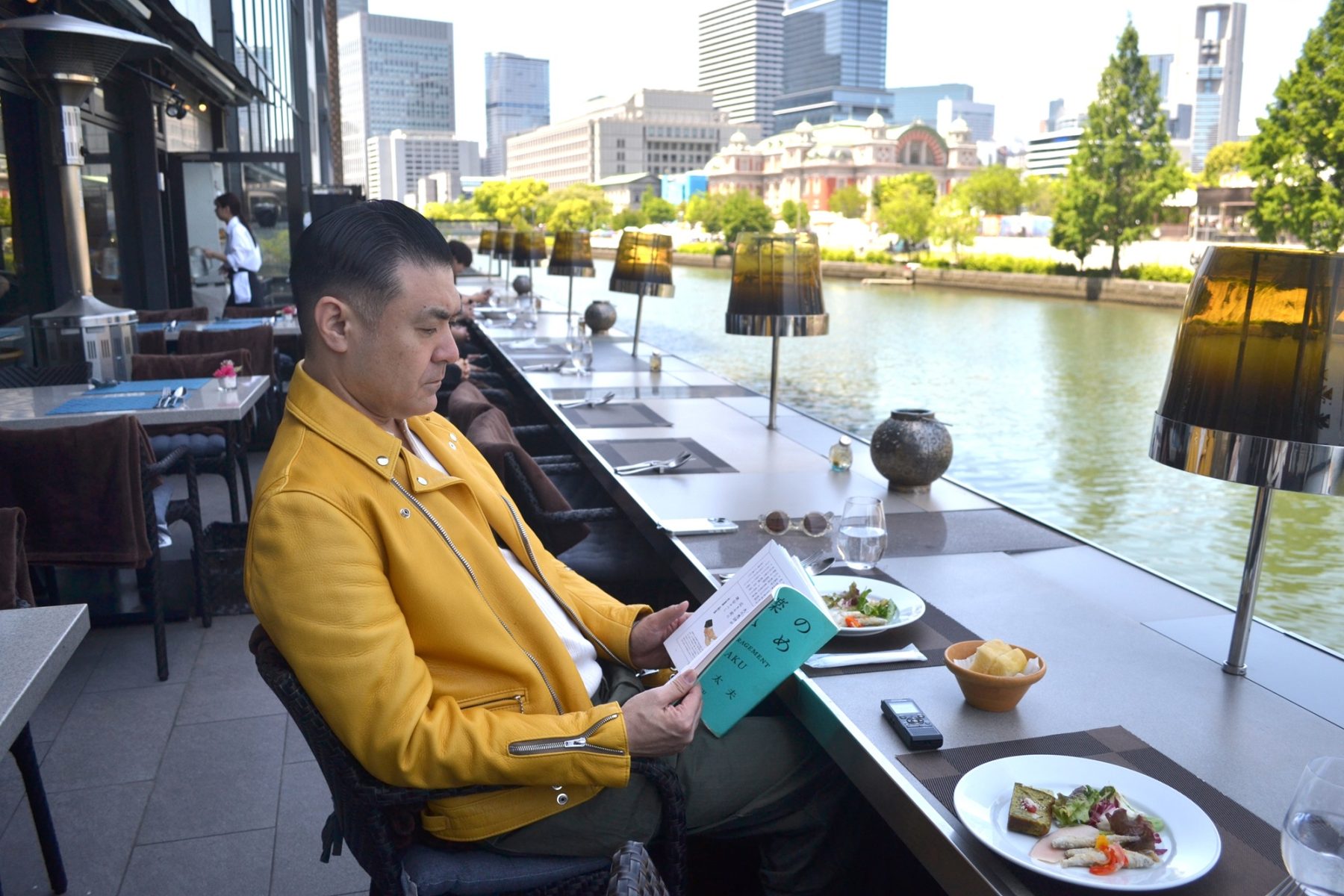
Starting from the rose garden, the path passes the Osaka City Central Public Hall and crosses Midosuji (御堂筋) Street to the Festival Hall on Yotsubashisuji (四ッ橋筋) Street, a distance of about 1.2 km.In 2015, Oritayu recommended the path as ‘a path that evolves while preserving tradition’, and the Osaka Prefecture, Osaka City and Tourism Agency (now JSTA) Runners’ Information Institute officially recognised it. Commonly known as ‘Oritayu Road’, it is perfect for strolling and jogging as it offers modern retro architecture and rich nature, and is a course that Oritayu-san, who performed Ninin Sanbaso (二人三番叟) at the opening of the Festival Hall renewal in 2012, has a special place in his heart.
Sujoruri takes you into the world of the ‘Sanjusangendo munaginoyurai’
In June 2024, the 27th Bunraku Sujojoruri no Kai was held to celebrate the 40th anniversary of the opening of the National Bunraku Theatre. Bunraku performances are characterised by a puppet play combined with the tayu’s narration and shamisen accompaniment, but in sujoruri, puppets do not appear. The tayu’s narration and shamisen are the only instruments used to transport the audience into the world of the story. It is also impressive that the tayu and shamisen player sit at the front of the stage, whereas they are usually positioned on the floor on the upper side of the stage (facing right) in normal performances.
Oritayu will perform ‘Sanjusangendo munaginoyurai (卅三間堂棟由来)’ with his younger brother, shamisen player Tsurusawa Seiki (鶴澤清馗). “This will be the first time in history that two brothers have performed this piece together.”
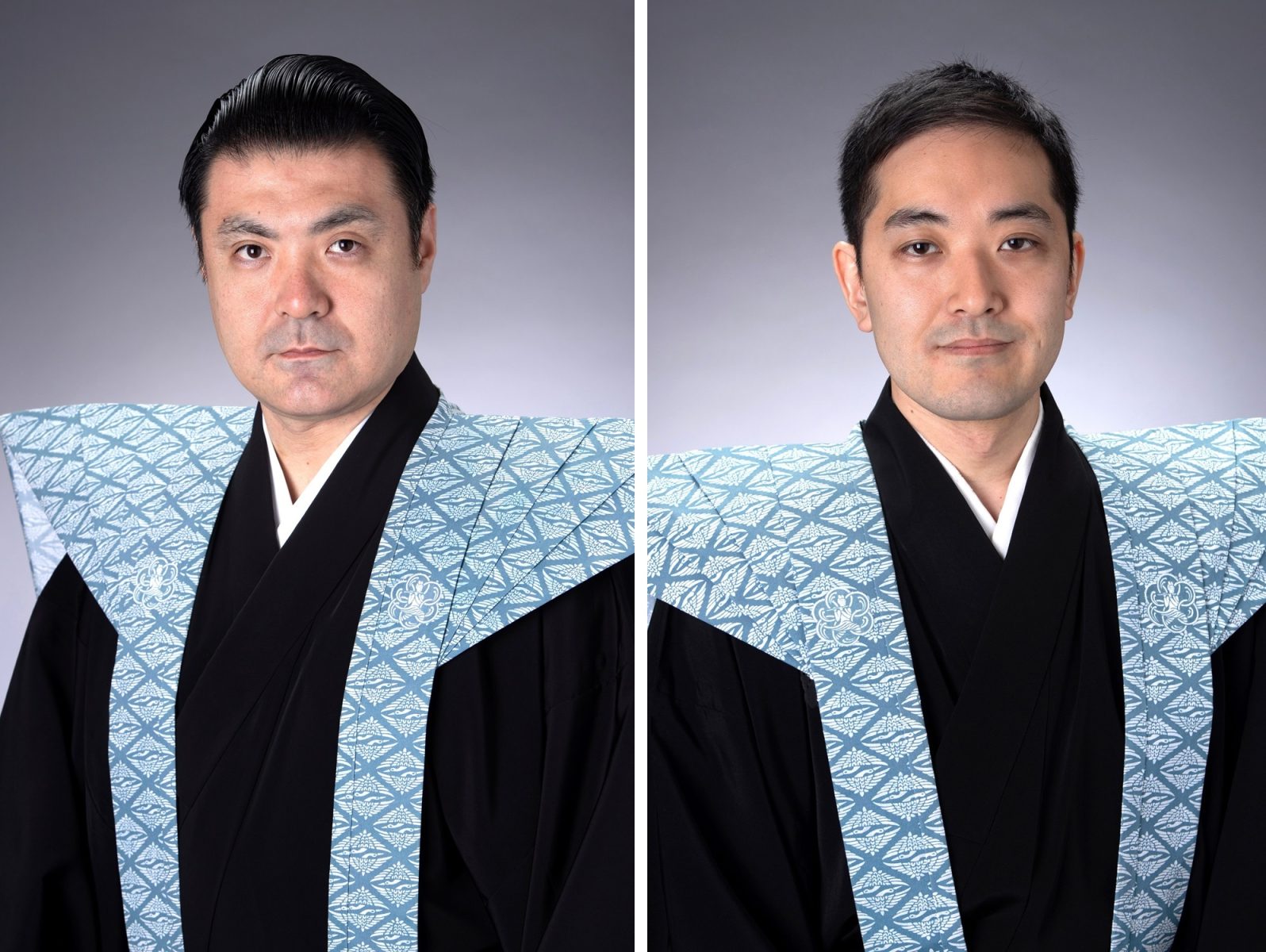
This work, which relates to the origin of the construction of Sanjusangendo in Kyoto, was first performed at the Osaka Toyotake-za (大坂豊竹座) theatre in 1760.
Oryu and her husband Yokosone Heitaro (横曽根平太郎) lived happily together with their son Midorimaru (みどり丸). One day, it was decided that a large willow tree would be cut down to be used as a ridge pole (棟木=munagi) for the construction of Sanjusangendo by the Shirakawa Hōhō (白河法皇) Emperor. In fact, Oryu was the spirit of the willow tree and was doomed to die if it was cut down. It is a tragedy that a human and a non-human plant become a couple and even have a child, only to be torn apart. Heitaro’s previous life was that of a nagi (梛) tree, and he and Oryu’s willow were originally a couple.
The mysterious content of the story of reincarnation and the love between parents and children is likely to appeal to the hearts of those of us who live in reiwa (令和).
The chic and dashing Takemoto Oritayu II’s revival of the show which was a big hit!
There was a period when performances of The Origin of the ‘Sanjusangendo munaginoyurai’, but Takemoto Oritayu II (Tsunatayu (綱太夫) VI)*3 revived the play and it became very popular. The document states: ‘In February 1875, Takemoto Oritayu told the story at the Osaka Takeda (竹田) Theatre, where it was very well received. Oritayu, an Edo boy with carvings all over his body, had already made the citizens of Osaka yell, but now his good performance of ‘Sanjusangendo’ seems to have excited the audience again’. The gorgeous verses that remain throughout the play are said to have been passed down from the second generation Takemoto Oritayu.

Oritayu II, who looks like he could have appeared in a period drama, was a chic Edo-born man with an incomparably beautiful voice. He also has many anecdotes to tell. “When he sniggered at a plasterer who was painting in the town, he was told to ‘try it’ and showed him how he did it.”
Magical stories that are both enjoyable to narrate and listen to
“The unique thing about The Origin of the ‘Sanjusangendo munaginoyurai (卅三間堂棟由来)’ is that the story involves a real person, the Emperor Shirakawa, and then the story of the willow spirit comes into play. It is a combination of historical fact and fantasy. It is a fun performance to perform. I think it is also fun to listen to,” says Oritayu, describing its appeal.
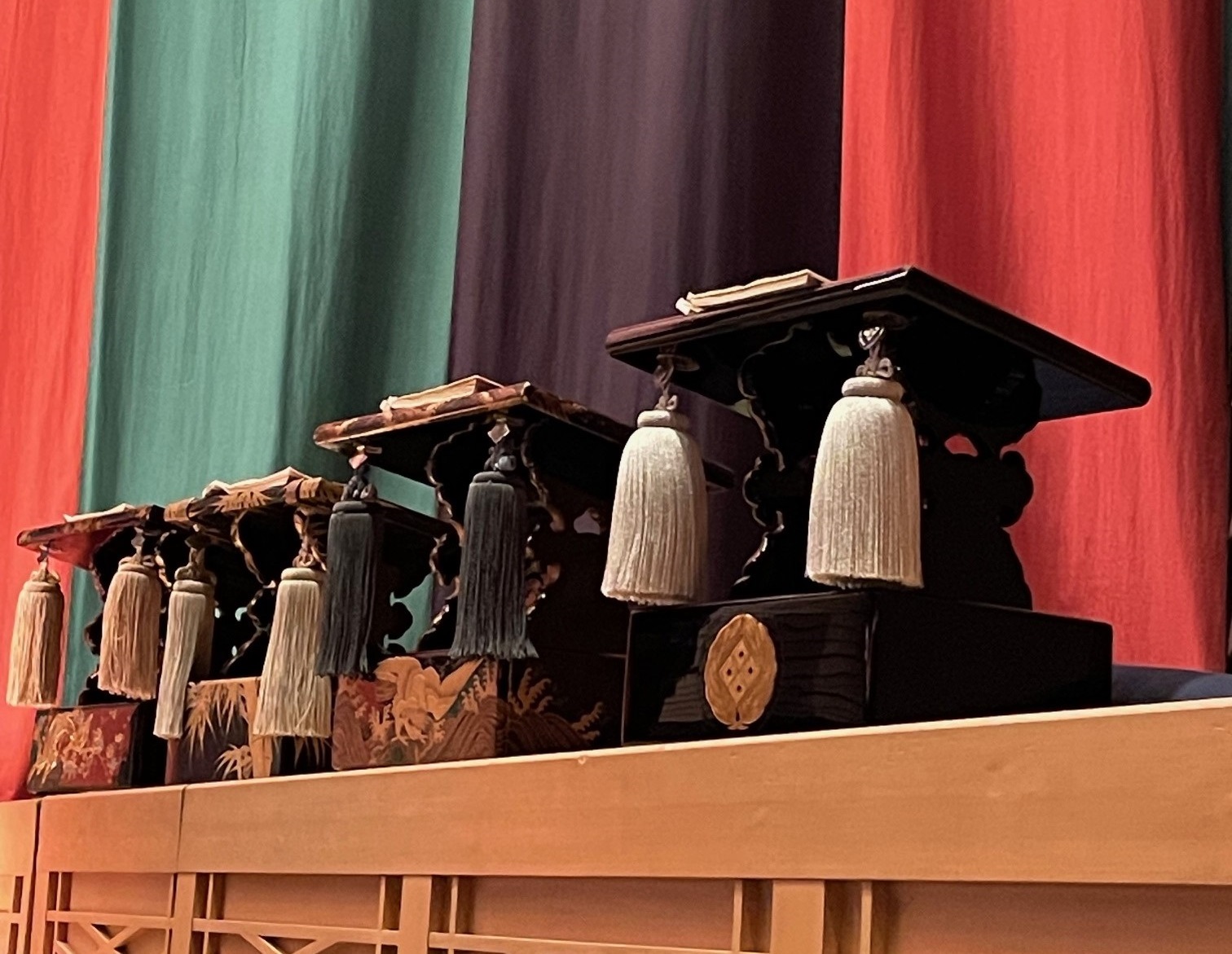
Emperor Shirakawa had a headache ailment and the purpose of removing this ailment due to causality led to the cutting of the willow trees. In the actual Sanjusangendo, it is said that it was built by the Shirakawa Hōhō (or Go-Shirakawa Hōhō (後白河法皇) according to legend) to pray for the cure of his headache, and that the completion of the hall cured his headache. The bold interpretation of the story based on this legend is probably one of the most interesting aspects. It would be a good idea to visit Sanjusangendo, a place associated with the Sujoruri play.
Interview and text/Kawatani Tokiko
Interview supported by National Bunraku Theatre
Spotify podcast “bunraku no susume: Ori mo Ori tote (文楽のすゝめ オリもオリとて)”
X Bunraku no susume (文楽のすゝめ) official
This article is translated from https://intojapanwaraku.com/culture/244590/






